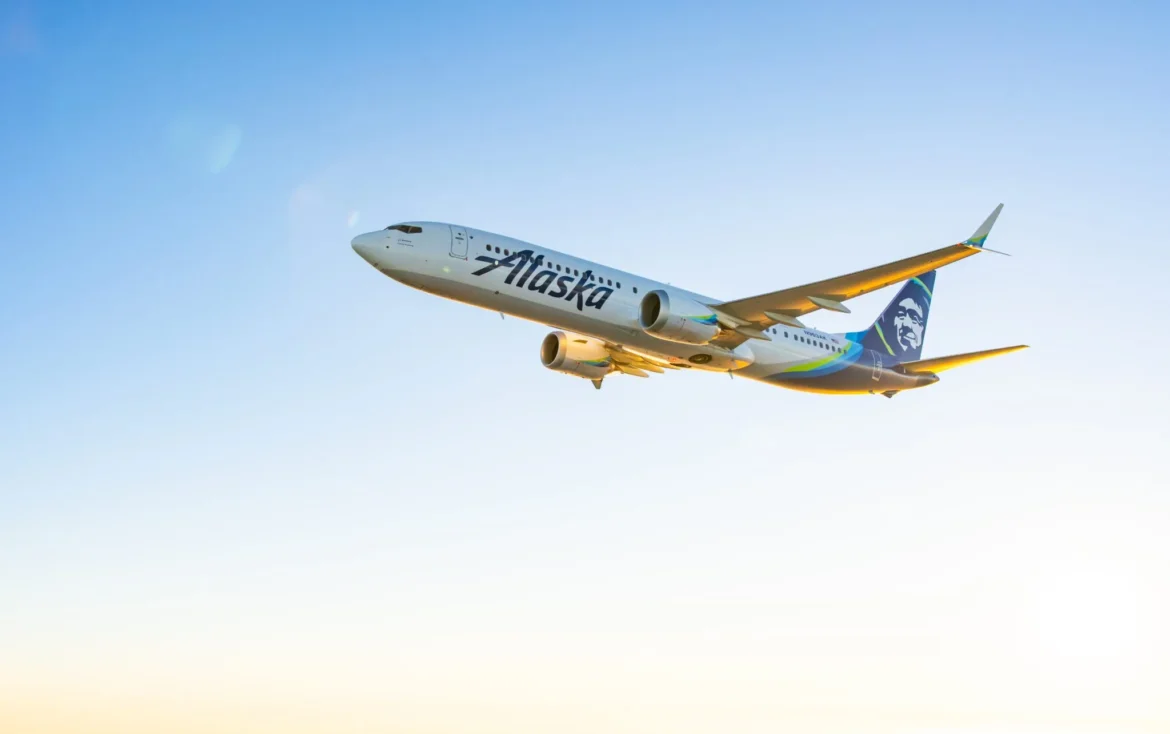Alaska Air Group continues to ride strong demand for premium travel offerings, but recent technical disruptions threaten to dampen the airline’s forward momentum.
📈 Premium Performance Drives Revenue Growth
In late 2024, Alaska Air Group closed the year with a record $11.7 billion in revenue, buoyed by a 10 % year‑on‑year increase in premium cabin sales. Company executives signal that premium product demand is expected to outperform main cabin offerings throughout 2025.
Complementing this, the airline’s loyalty programs delivered $2.1 billion in 2024—aided by a newly announced premium credit card slated for summer 2025—to broaden penetration outside its traditional markets.
At its December 2024 Investor Day, Alaska reiterated its “Alaska Accelerate” strategy, forecasting over $1 billion in incremental profit by 2027 through synergy gains from its Hawaiian Airlines merger, network expansion, cargo growth, and premium product investment. The airline aims to grow its premium seat mix to 29 % by 2027.
⚙️ IT Outage Grounds Entire Fleet Despite Tech Upgrades
On the evening of Sunday, July 20, a critical third-party piece of multi-redundant hardware failed at Alaska’s data center, triggering a full-system ground stop for Alaska Airlines and Horizon Air. Flights were halted for approximately three hours, with the stoppage lifted around 11 p.m. Pacific.
Despite built-in redundancy, the failure disrupted key operations systems, leading to cancellations and delays across the network. Alaska Airlines reports over 150 cancellations since Sunday evening, including 64 cancellations on Monday alone, and anticipates further disruptions as crews and aircraft are repositioned.
Importantly, the airline stressed that no cybersecurity breach occurred, and the issue had no link to recent attacks targeting other airlines or the June cyber incident at Hawaiian Airlines.
While the outage is expected to result in multi-million‑dollar operational losses, Alaska Airlines is still forecasting steady gains. Executives have reinstated the full-year 2025 EPS outlook at over $3.25, albeit slightly below analyst estimates. Adjusted EPS for Q3 is projected at $1.00–1.40, softening expectations from prior guidelines
Fuel prices are lower than previously forecast, and booking trends remain encouraging. However, costs associated with recovery and operational flex due to the outage will weigh on margins. Additional headwinds include elevated tariffs on Embraer jet deliveries and higher general operating expenses.
🧭 Market Positioning Amid Turbulence
Despite this latest disruption, Alaska gained market share during prior competitor outages—most notably after the CrowdStrike‑related incident in July 2024. That episode led to a 2 % bump in revenue per available seat mile (RASM), and lifted Q3 profit forecast upward.
Alaska’s consistent premium strategy, coupled with strong corporate and loyalty demand, positions it well to absorb short-term IT shocks. That said, frequent operational flaws risk eroding goodwill among customers and business travelers alike

